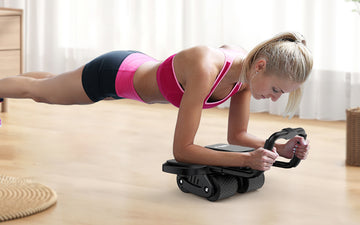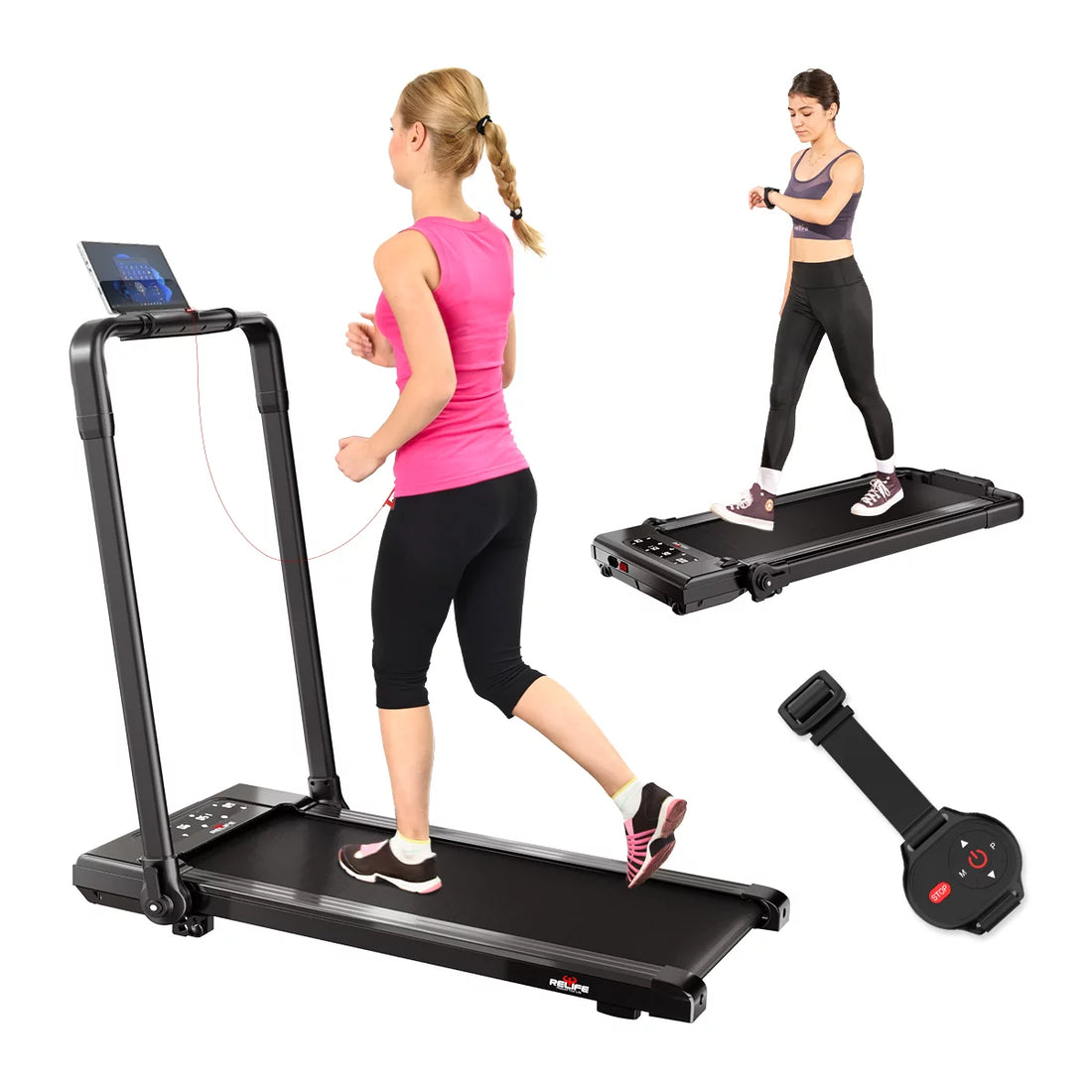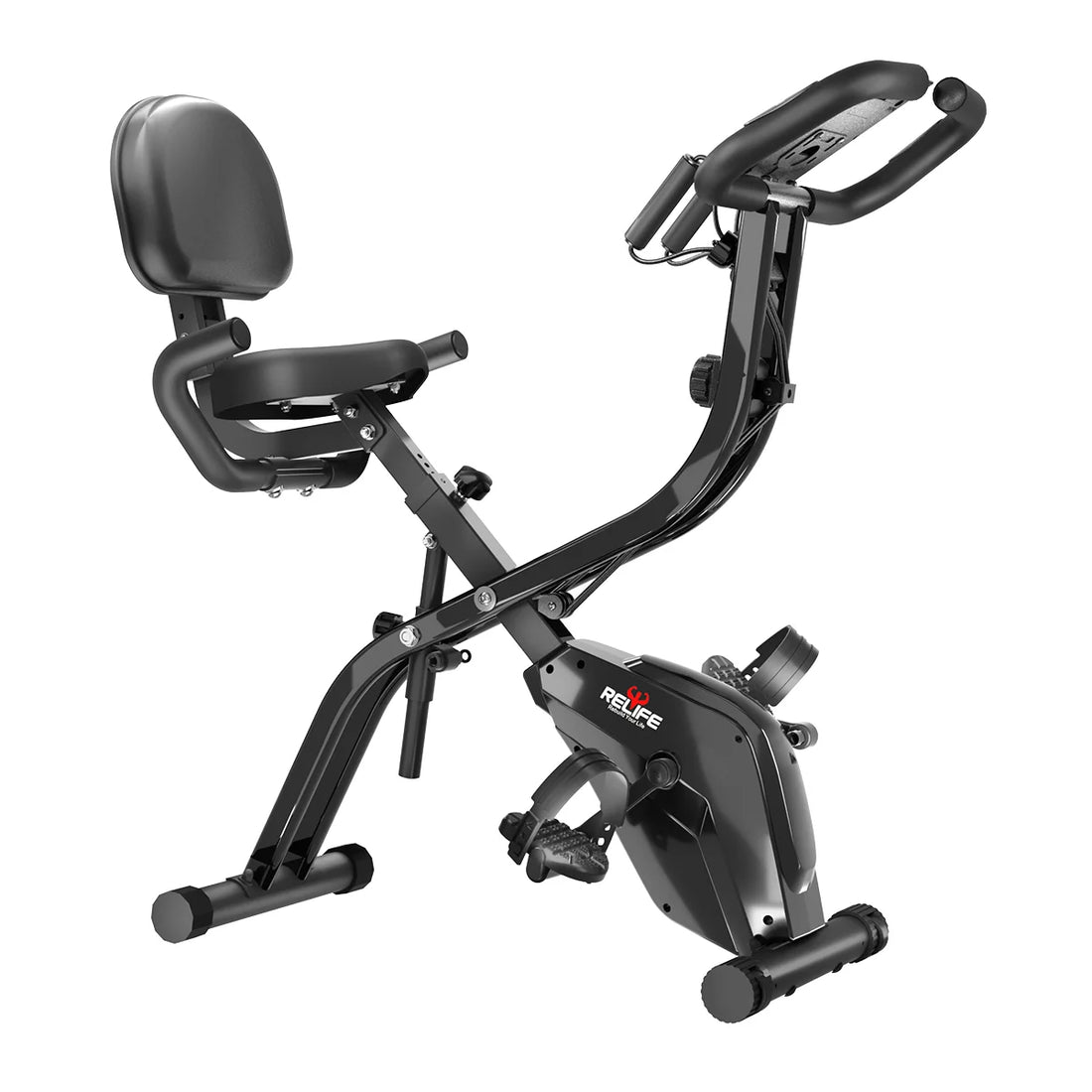When to Increase Dumbbell Weight? When you start the gym, it can feel amazing for the first few weeks. Over time however, you can hit a slump. You may notice that you don’t get the same buzz you used to after you finish your set. You might not be as exhausted or feel that same sense of achievement when you leave the gym. What gives?
Realistically, you’re probably not lifting heavy enough!
Some lifters, especially those just starting out, may read that and think it won’t apply to them. However, you don’t have to be ripped and looking like Arnold Schwarzenegger to up your weight lifting game, neither are you going to bulk up drastically or really hurt yourself just by increasing the weight by a few kilos. In fact, if you’re not increasing the amount you lift gradually, you’re really doing your body a disservice.
You see, you’re supposed to be challenging yourself. They say you can’t make an omelette without breaking a few eggs, and there’s a similar approach you have to take with weight training. If you want to build strength and muscle, then you need to break down the muscle through progressive overload training – this means lifting bigger and heavier weights over time so your body adapts and your muscles build back even stronger (assuming of course you’re getting enough protein and sleep every night!)
This will result in increased strength, more muscle and more confidence. If your overall goal in the gym is to be stronger, bigger or even leaner, this is the way to go.
So, you’re wondering – how will I know when I’m ready to increase dumbbell weight? Here’s a few simple guidelines to follow. When you feel like you’re plateauing, refer yourself to these:

Start at the Bottom
When to Increase Dumbbell Weight? If you’re unsure of what you’re capable of lifting then it’s smart to go for something light. If after a few reps you notice that it was too easy, try upping the weight by a few kilos every set until you start to notice a challenge. Get a good feel for it and make sure you’re executing the exercise properly, and from there just keep gradually moving up until you get to a weight that causes some resistance. This is likely to represent where you’re at. If you lift a weight that makes you feel like you’re going to pop a blood vessel, don’t force it. Instead just move back down a few weights. Going way beyond your means too early has no benefits at all, only cause for injury!

How Often Should I Increase My Weight?
When to Increase Dumbbell Weight? If you keep performing the same amount of reps and sets (eg 3 sets of 8 reps of a certain weight), then over time your body will adapt. This will help you know what it feels like when it’s getting too easy. If you complete these 8 reps and think “Oh, this isn’t tiring me as much as it used to!” Ask yourself: could I have done more reps? If the answer is yes, then increase the amount of reps or increase the weight! It’s worth noting that you don’t have to up the weight straight away, as sometimes just adding a few more reps or sets can push your stamina further.
However, there’s no sense in doing about 20 reps of a weight that no longer challenges you. In that case, it’s a sign you should increase the amount you lift. Your breathing, overall stamina and how quick you recover between reps are also good indicators of when to increase the dumbbell weight.
How Much Weight Should You Add?
When to Increase Dumbbell Weight? Okay, so you know that you need to increase the amount of weight you’re lifting, so the only question that remains is how do you know how much weight you should add at a time? Much like we mentioned earlier when starting out, you’re better off starting slowly. Free-weight dumbbells usually move up in increments of 0.5-1.5 kilos at a time, so if you’ve been doing bicep curls with 10kg for example, just try 11kg first. Keep moving up until you find that ideal balance between resistance and something you can feasibly lift.
Your body will let you know after a few reps if it’s ready!

Make Note of Your Progress
When to Increase Dumbbell Weight? If you’ve ever found yourself having a particularly unmotivated gym session and you can’t quite remember what you were lifting the other day, I’d suggest it’s time to start a journal.
This way, you’ll know exactly what you’re capable of lifting and how long you’ve been lifting these weights for. If you notice that you’re just repeating the same amount of reps and sets, either increase the weight or the amount of sets you do in your dumbbell workout.
This is handy for keeping all your different areas at the same level. For example, if you notice that you tend to slack on your bicep curls, make a point of focusing more on these and keeping them to a level where you know you should be. You can also note down important factors such as the amount of sleep you got the night before or what you’ve eaten.
This can help you see helpful or unhelpful patterns which affect your dumbbell workouts that you otherwise wouldn’t have noticed. Writing things down is a very underrated tool!

Summary
When to Increase Dumbbell Weight? It’s important to not be scared of increasing the amount of weight you are lifting. Of course you should always lift within your means so as to avoid serious strain or injury which will set your progress back by weeks or even months, but it’s also crucial to keep developing. Your body is designed for this, after all. Staying at the same weight (and in your comfort zone) with your dumbbell exercises may be easy and tempting, but we guarantee it’ll just leave you stuck in a rut. The next time you feel like you could be lifting a bit heavier, increase the weight for a few reps. You’ll be surprised at how quickly you can adapt!


















